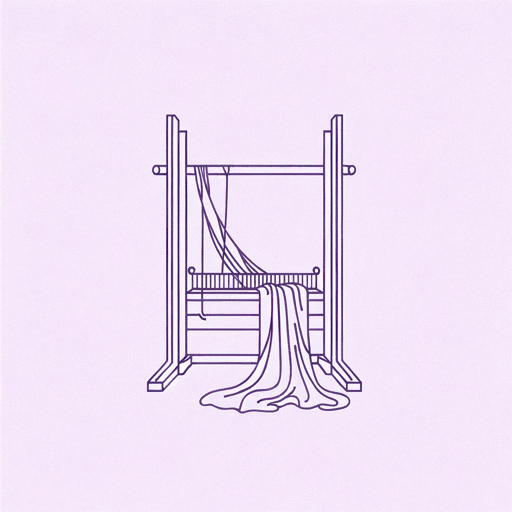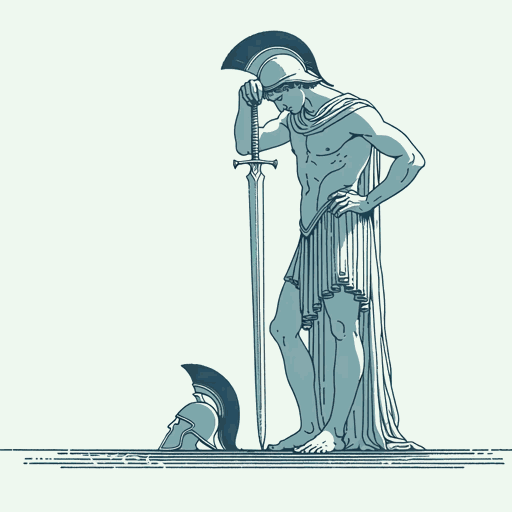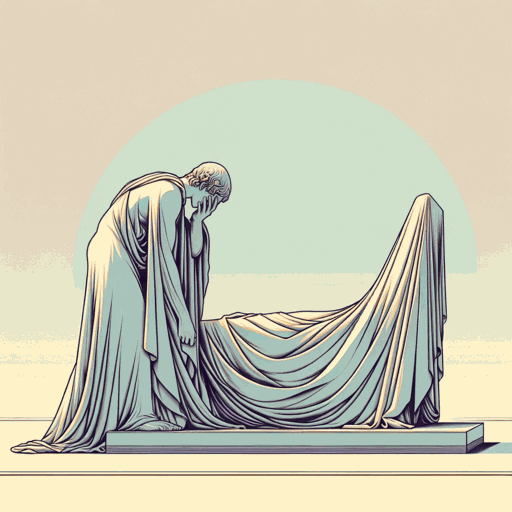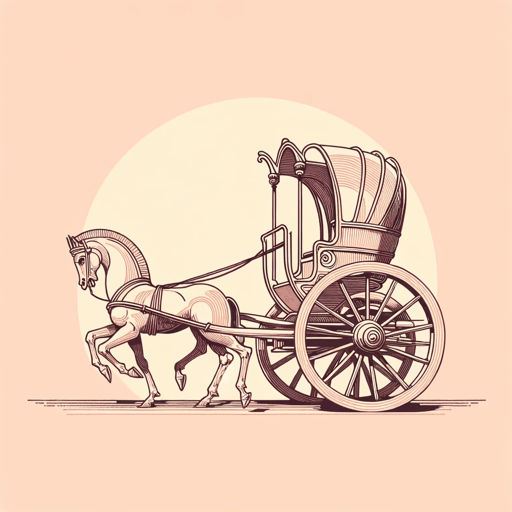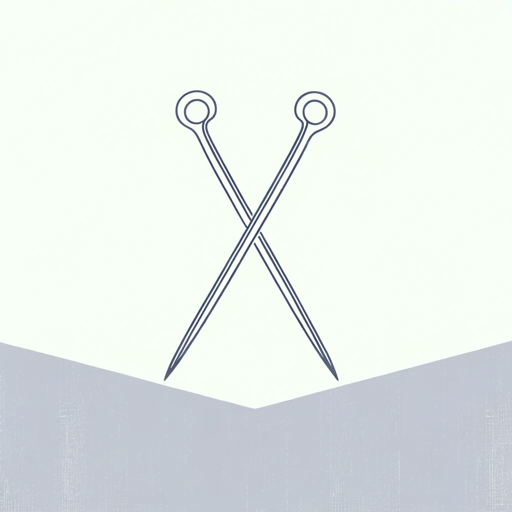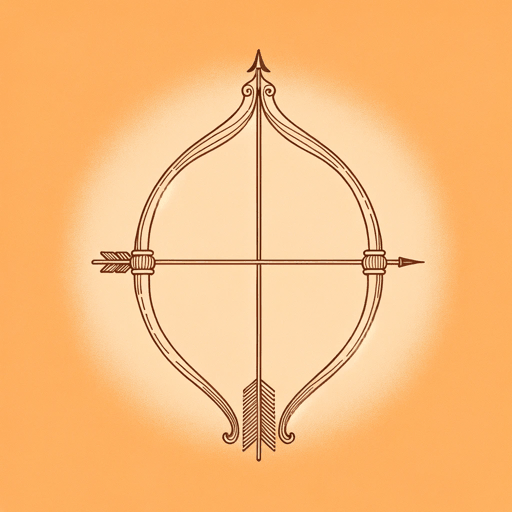32 pages • 1 hour read
SophoclesWomen of Trachis
Fiction | Play | Adult | BCEA modern alternative to SparkNotes and CliffsNotes, SuperSummary offers high-quality Study Guides with detailed chapter summaries and analysis of major themes, characters, and more.
Symbols & Motifs
Weaving
Weaving is a motif throughout classical Greek cosmology and mythology. Both the universe and society were thought of as a woven cloth. Weaving terms were used to describe ships and ship building. Weaving is also associated with Athena, goddess of crafts and strategy, especially strategic warfare. In myths, woven garments function as gifts used to establish relationships among strangers as well as to welcome heroes home. They can also represent women’s voices and perhaps their agency. In the Iliad, Helen is depicted weaving into a garment the struggles of the warriors who are fighting over her, and in the Odyssey, she gives Telemachus a dress for his future bride that she has woven. Elsewhere in the Odyssey, Penelope claims that she must complete a shroud for her father-in-law before she can remarry, weaving both a cloth and a scheme to stall until Odysseus’ return. Athena’s counterpart for masculine crafts, Hephaestus, also uses weaving as a trap. He weaves a golden net in which he captures Ares and Aphrodite’s adulterous embrace.
In Women of Trachis, Deianeira’s scheme to reclaim Heracles’ love revolves around a garment that she has woven as a gift for him onto which she has rubbed the centaur’s blood, foolishly believing it is a love potion.
Related Titles
By Sophocles
